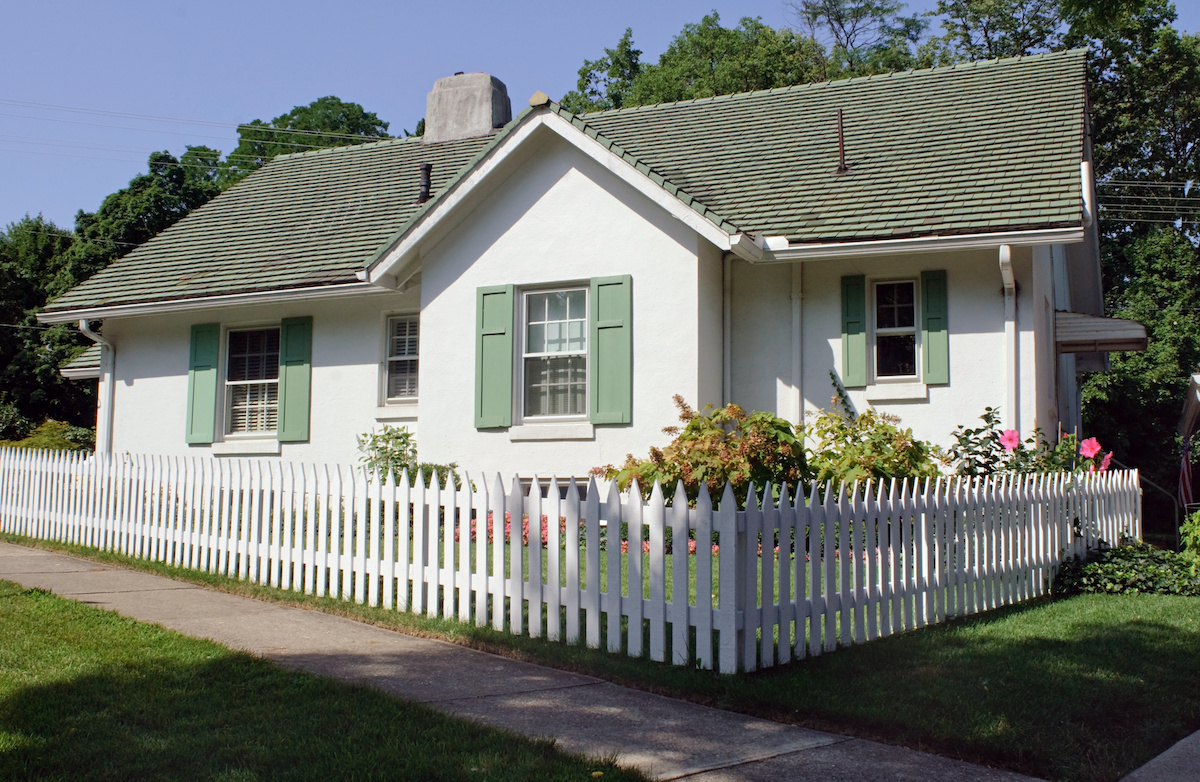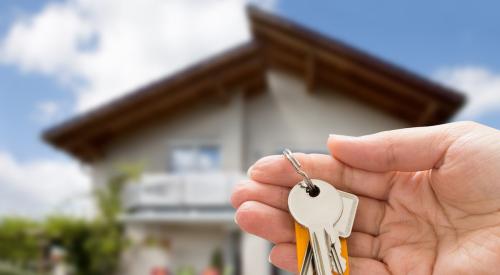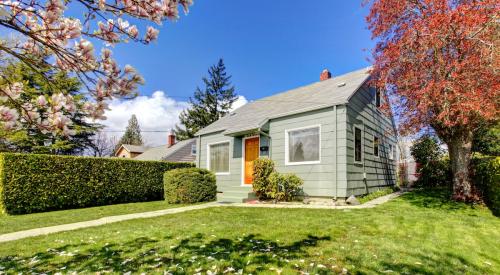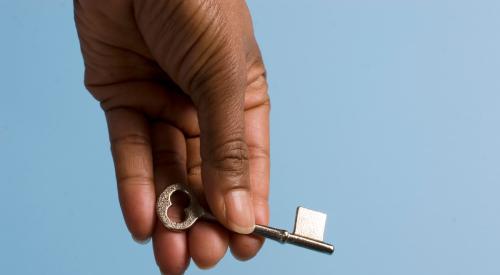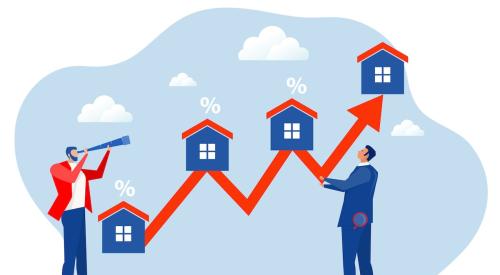There were 418,000 new starter homes constructed in the late 1970s, but there were just 65,000 starter homes completed in 2020. Freddie Mac defines entry-level housing as homes up to 1,400 square feet, and inventory for those homes is now at a five-decade low, reports Realtor.com. A chief economist at Freddie Mac said he expected the share of starter homes to drop in expensive metropolitan areas such as New York, but the trend is nationwide. In Florida, homes with up to 1,400 square feet of living area made up 58% of the new housing supply in 1985, but that share dropped to 12%.
Homeownership leads to greater wealth for those who buy earlier. An analysis from the Urban Institute estimates that those who became homeowners between the ages of 25 and 34 accumulated $150,000 in median housing wealth by their early 60s. Meanwhile, those who waited until between the ages of 35 and 44 to buy netted $72,000 less in median housing wealth.
When Kevin Crowder, a 52-year-old homeowner and economic-development consultant, bought his first starter home in 2003, he found a 1,000-square-foot apartment in the Miami area. In 2006, he bought what he said is his largest home ever: a two-bedroom house at 1,250 square feet.
“It’s insane what you see in the single-family market here with the pricing,” he said. “I would disagree that larger is needed. I think smaller is needed.”
Eager buyers have sparked bidding wars in many places, as remote work allows them to expand their house hunts. Further challenges—the crush of the student-loan crisis and ongoing wage stagnation—make it difficult for some to save a competitive down payment.
